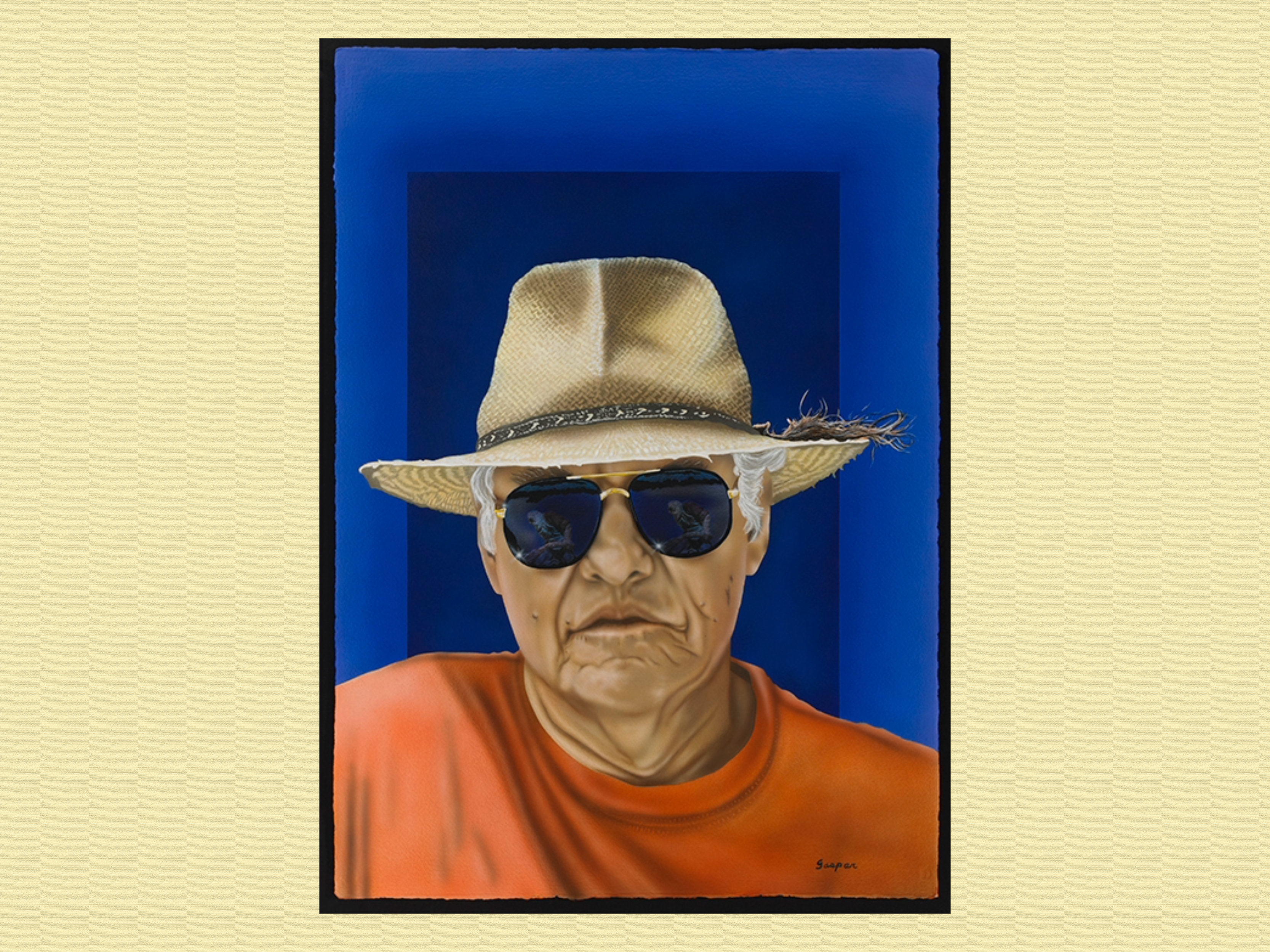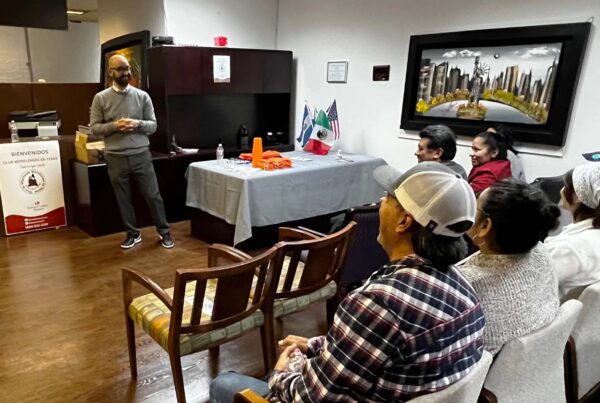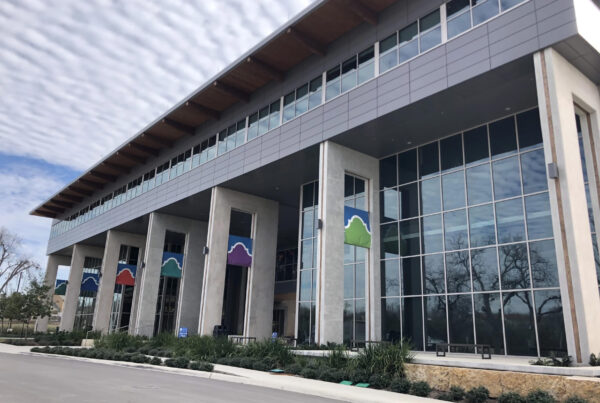Every year, Texas honors artists across the state in categories like poetry, music and visual art. This year, the state artist for two-dimensional art is Gaspar Enriquez, an artist from El Paso. Enriquez’s portraits are deeply rooted in Mexican-American culture, and he’s known to draw inspiration from his El Paso community.
At 81 years old, Enriquez has had his work shown across the country, including at the El Paso Museum of Art, the Smithsonian and the LBJ Presidential Library in Austin. Enriquez joined the Standard to talk about being named artist of the year, and his new gallery in West Texas.
This transcript has been lightly edited for clarity:
Texas Standard: What was your initial reaction upon being named Texas state visual artist of the year for two-dimensional art?
Gaspar Enriquez: It was a flabbergasting surprise, to say the least.
What did they tell you?
That I was one of the artists – there’s the two-dimensional, and then there’s a three-dimensional artist. I was selected as the two-dimensional artist of the year.
Tell us a little bit about how your El Paso upbringing influenced your work. You grew up in the barrio near downtown, is that right?
That’s right. I was born and raised in what’s called Segundo Barrio, which in English means “second ward.” It’s walking distance to Mexico, to Juárez. My grandparents used to live in Juárez – I would just walk all the way to where they lived and visit with them.
Not much for a young person to do. But you certainly found something to keep you busy.
I sure did. That’s what I used to do when I went to visit my grandparents – just draw, draw, draw.
At that young age, did you ever imagine that you’d be doing this for a living?
No, I never did. Although my parents did not discourage me from doing, there’s always the stereotype: don’t become an artist. Do anything but be an artist. You’re going to starve to death.
» MORE: ‘The best of what Texas has to offer’: How the state recognizes artists, poets and musicians
It seems like what you saw as you were growing up became a theme in a lot of your art. Over time you put these people, the communities that you were part of, on a pedestal. You usually use acrylic and airbrushing techniques, is that right?
That is correct.
Did you feel that that was important for you to do, or were you just documenting your world?
Well, it was important, because I was teaching at the time. After 10 years of living in California and other places, I came back and started teaching in the same neighborhood I grew up in. So, I knew the neighborhood very well. I knew the students and what their obstacles were in the neighborhood, because I went through the same thing when I was growing up.
Then, I started to train some of my students. It was a means of portraying my youth through them, through their experiences.
Tell us about your decision to stick with realism. You have done some sculptural work in the past, but this seems to have become your signature – these very realistic portrayals of the Mexican-American community.
I have been doing portraits for a long time. I used to do portraits in oils. The reason I picked up airbrush is because in oil, you are able to blend the values. But I became allergic to the solvents, so I had to pick up acrylics. I wanted to be able to do the blending that I used to be able to do in oils, so I used airbrush.
Did you find yourself gravitating to certain themes, or did you feel that you had a message that you hope viewers take away from your body of work?
My whole mission is the eyes. I try to borrow the souls of my subjects, so that people that look at them can feel the need to explore what that person is about. Because my subjects are mostly Chicano cholos. So, I wanted people to see them, to try to find out who that person is and what their background is.
When my portraits were on exhibit at the museum, I took some of my students to look at them. When they saw themselves, you could just see their self-esteem light up. That was my whole mission.
» GET MORE NEWS FROM AROUND THE STATE: Sign up for Texas Standard’s weekly newsletters
You recently partnered with the University of Texas at El Paso to create the Gaspar Enriquez Cultural Center in the West Texas town of San Elizario. What was your motivation to create this center, and what’s the process been like?
The process has been very expensive. It’s a couple of buildings that were rundown – they were actually dilapidated. San Elizario has a lot of history going back to the 1500s. I hated to see history just disappear. So, I decided to acquire them. It was a restoration process.
And a chance for it to be there for future generations.
Yes. We’d like to invite everybody to come to San Elizario. It’s a really historic place.














